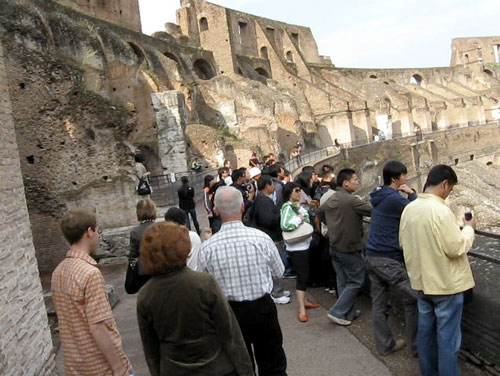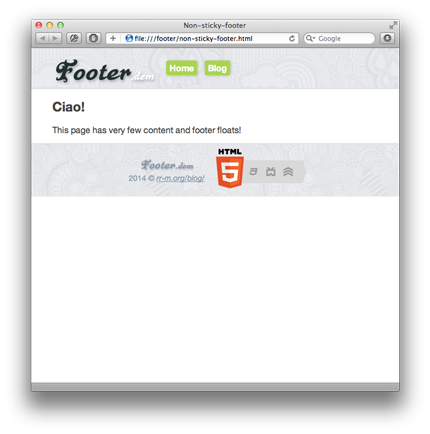Ciao a tutti! Sono Taras. È voi? – Greetings all! I’m Taras. And you?

- Oggi noi parliamo Italiano – Today we speak Italian
- Oggi parliamo Italiano – Today we speak Italian
As usual we skipped noi (we) pronoun. By the parliamo ending the actor is clear – we. See Lesson 3 for the forms of parlare (to speak) verb.
We learned stress rules, and we gonna add some spelling today. And we’ll pick up few new words – name of different languages in Italian.
Lingue – Languages
- Portoghese
- Inglese



